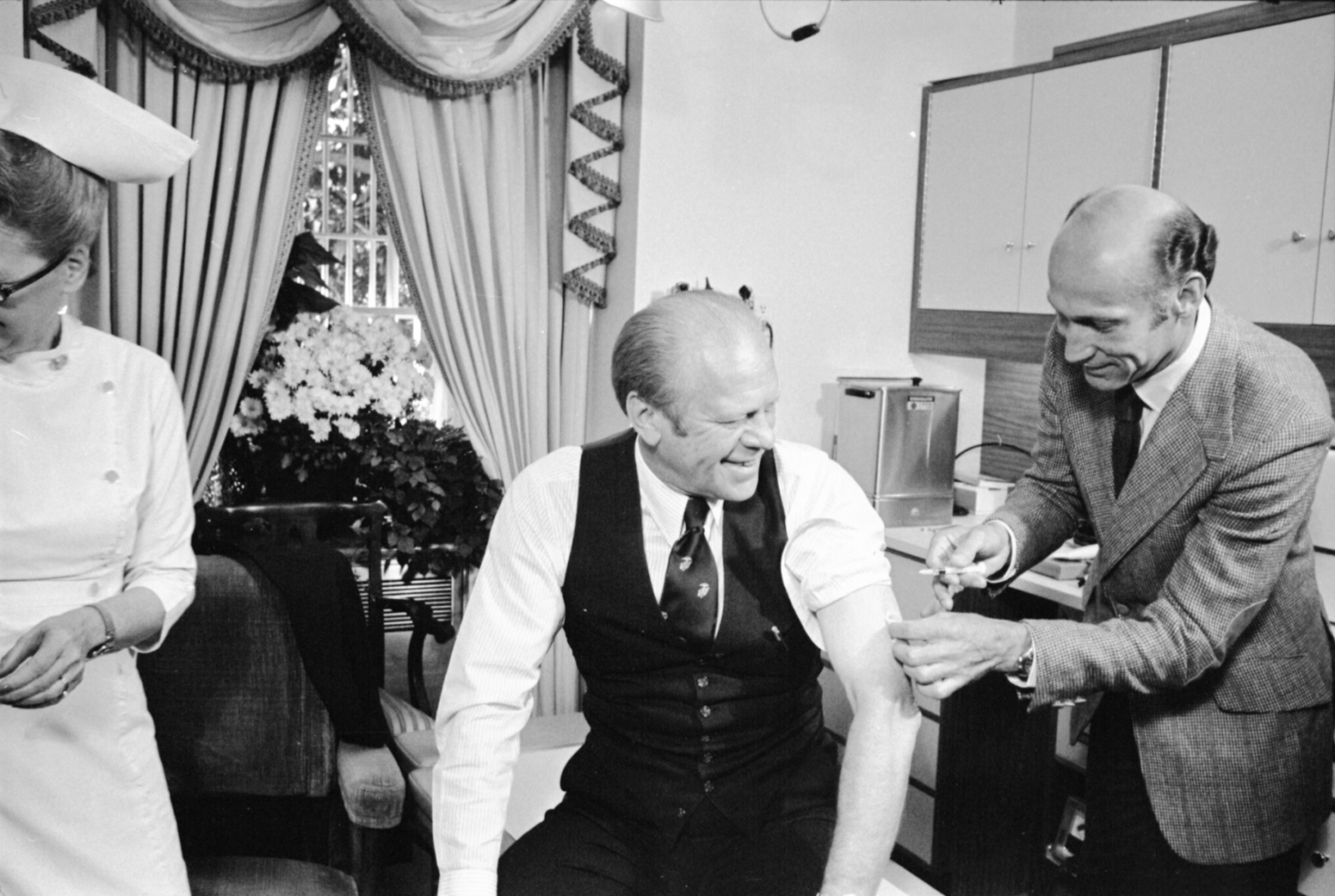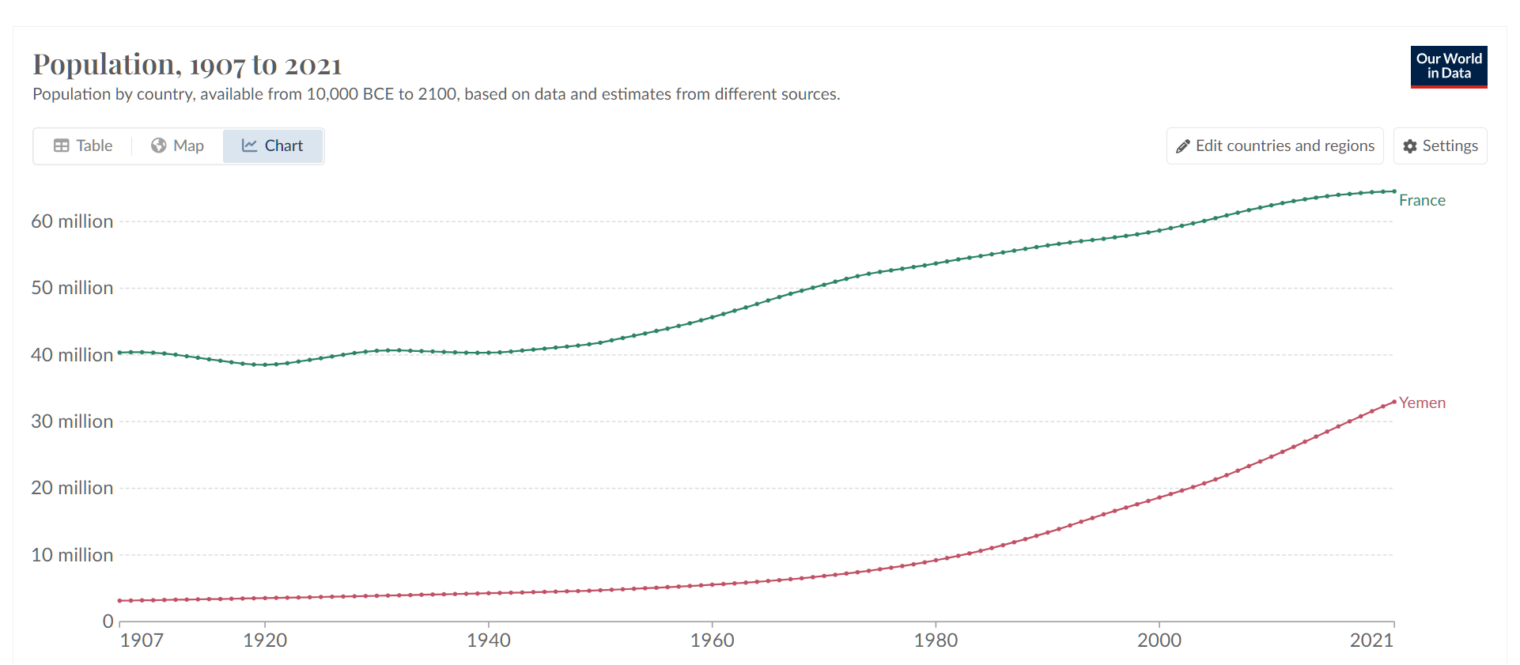Online passport renewal takes longer than mail-in
My U.S. passport expires in September so I’ve been looking at renewal options.
The State Department has an online renewal system that they’re offering to a limited number of lucky taxpayers every day. I was excited about this because it doesn’t require mailing in the old passport. I would thus be able to keep using my old passport while waiting for the new one. That assumption turned out to be incorrect:
Only slightly discouraged, I thought “well, at least it will be quicker because the mailing time will be cut out.” That was also wrong, wrong, wrong:
An online application will result in one’s current passport being immediately invalidated and the new one not being sent out for up to 8 weeks. A mail-in application, on the other hand, can result in a new passport after about 3 weeks (if one pays for “expedited” service).
Given that our borders are effectively open to anyone without documents who wants to collect four generations of welfare, I can’t figure out why the Feds persist in pretending that the border is tightly controlled and, therefore, that taxpayers must jump through hoops to keep their documents current. A friend’s U.S.-born wife couldn’t get on a plane to Ireland, for example, because her passport was a few months out of date. When we returned from Portugal to the Newark Airport, they CBP has 2-3 officers processing passports from multiple jumbo jets, thus resulting in an epic line. It would have been faster to fly into Mexico and walk across the border. During the hour-ish wait (my Global Entry status wasn’t useful due to the fact that we had the kids with us and they’re not set up on the program), I wondered why the U.S. checks commercial airline passengers with U.S. passports. The passports were checked three times prior to departure by different groups of qualified personnel in Portugal working in three different parts of the airport (front counter check-in; immigration border; gate). Why couldn’t we just be waved in? Why is it a problem to admit a U.S. passport holder whose passport was just checked and stamped by a Portuguese immigration officer? If there is some additional information they want they could ask the airline to collect it or ask the Portuguese to collect it (at a tiny fraction of the cost of paying a U.S. government worker).
I’m also wondering about the simpler question of why, if the process is entirely online and they don’t want the old passport mailed in, there must be a gap in passport availability. Why would it complicate matters for the government to allow the use of the old passport through about 90 days after the issuance of the new one? (this would account for a taxpayer leaving on an extended trip just before the new passport arrives)
Full post, including comments


















